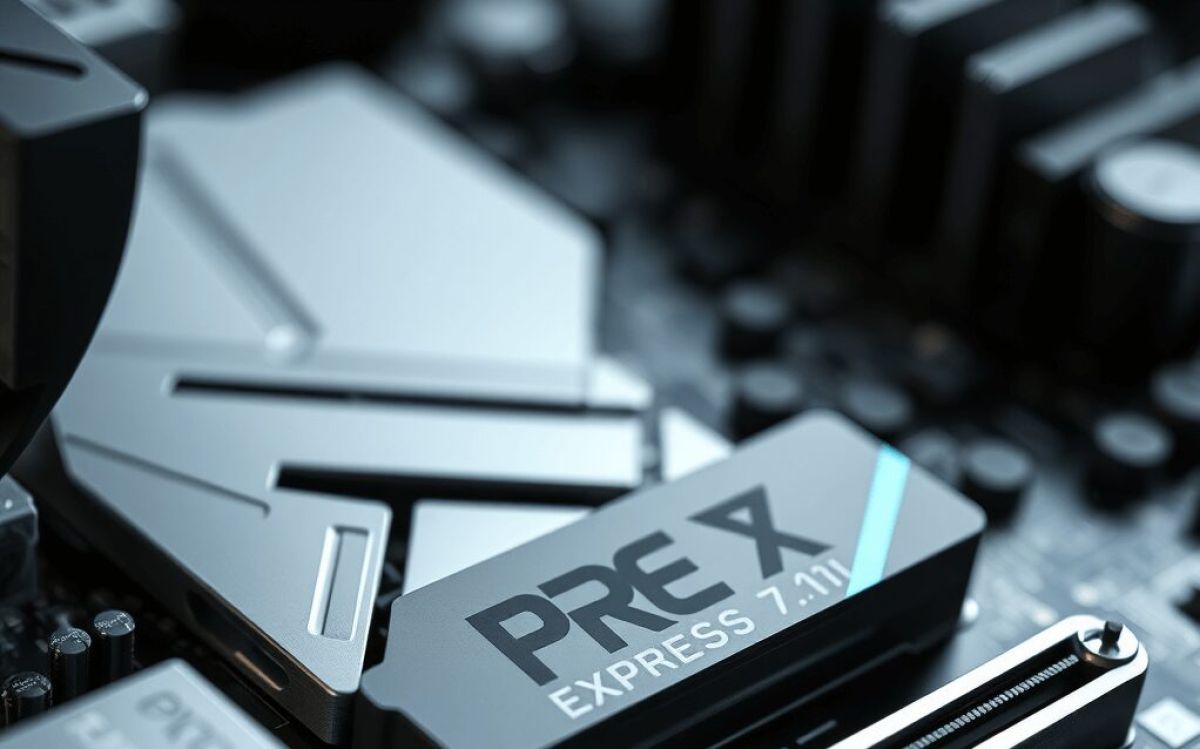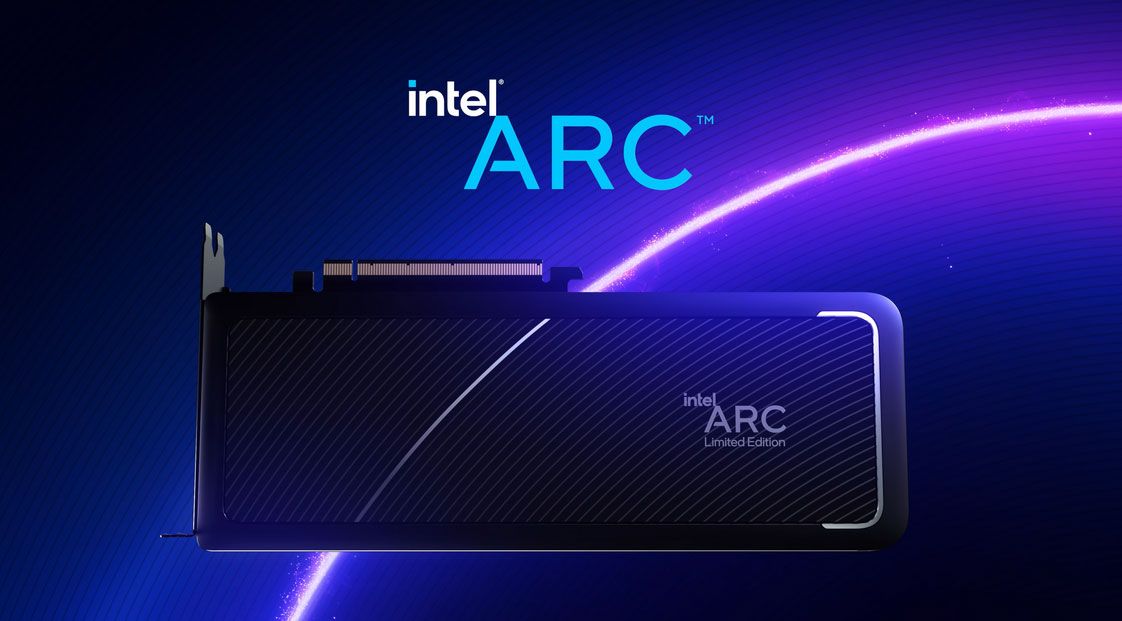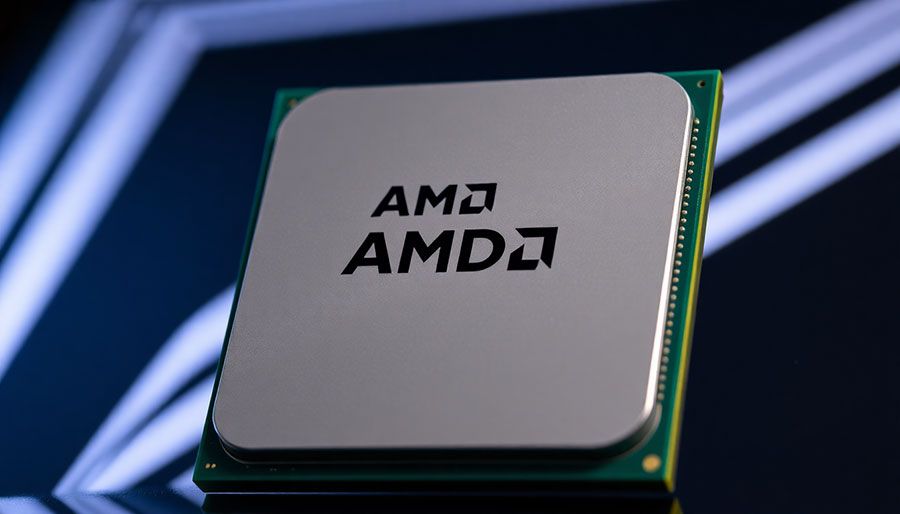PCI Express 7.0 is official and doubles the bandwidth of PCIe 6.0

It's been at least three years in the making, but here it is: the final specifications for PCI Express 7.0 (or PCIe 7.0) have just been officially announced. The technology follows the tradition of increasing its performance with each new version: now, the bandwidth reaches 512 GB/s (gigabytes per second).
Such a high rate will allow computers to support extremely high-performance video cards or SSDs, much to the delight of the gaming public. But that's in the distant future. Initially, PCIe 7.0 will be used for data center applications, artificial intelligence and quantum computing, for example.
To this end, the technology's specifications include several improvements, most notably the use of PAM4 (Pulse-Amplitude Modulation 4) signaling, introduced in PCIe 6.0. This is a standard that considerably improves data transfer.
PCIe technology has been the high-bandwidth, low-latency I/O interconnect of choice for more than two decades and we are pleased to announce the release of the PCIe 7.0 specification, which continues our long tradition of doubling I/O bandwidth every three years.
Al Yanes, President of PCI-SIG
PCIe 7.0 has twice the bandwidth of PCIe 6.0
Yanes is not exaggerating. Each new generation of PCI Express offers double the bandwidth of the previous version. Proof of this is that PCIe 6.0 works at up to 256 GB/s.
But it's easier to understand this evolution with the table below, which compares the widths supported by each version of PCIe according to the number of transmission lanes in use:
| Version | x1 | x2 | x4 | x8 | x16 | GT/s |
| PCIe 1.0 | 500 MB/s | 1 GB/s | 2 GB/s | 4 GB/s | 8 GB/s | 2,5 |
| PCIe 2.0 | 1 GB/s | 2 GB/s | 4 GB/s | 8 GB/s | 16 GB/s | 5 |
| PCIe 3.0 | 2 GB/s | 4 GB/s | 8 GB/s | 16 GB/s | 32 GB/s | 8 |
| PCIe 4.0 | 4 GB/s | 8 GB/s | 16 GB/s | 32 GB/s | 64 GB/s | 16 |
| PCIe 5.0 | 8 GB/s | 16 GB/s | 32 GB/s | 64 GB/s | 128 GB/s | 32 |
| PCIe 6.0 | 16 GB/s | 32 GB/s | 64 GB/s | 128 GB/s | 256 GB/s | 64 |
| PCIe 7.0 | 32 GB/s | 64 GB/s | 128 GB/s | 256 GB/s | 512 GB/s | 128 |
In the announcement of PCIe 7.0, the PCI-SIG, the organization responsible for the technology, emphasized the performance aspect by highlighting the indicators in GT/s (last column of the table), which express the gigatransfer rates per second.
This is a parameter that tells you the maximum rate of bits transferred per second without taking their encoding into account, giving a more precise idea of the performance of each version of the technology.
When will PCIe 7.0 hit the market?
This will depend on the industry, but the PCI-SIG forecast is that the industry will start testing PCI Express 7.0 consistently in 2027 and introduce the version from 2028. This is because it takes time for a new version of the technology to enter the release roadmap of computer and hardware component manufacturers.
In this respect, it's worth noting that the standard most widely adopted by the industry today is PCIe 5.0, and there's still plenty of room for PCIe 4.0.







